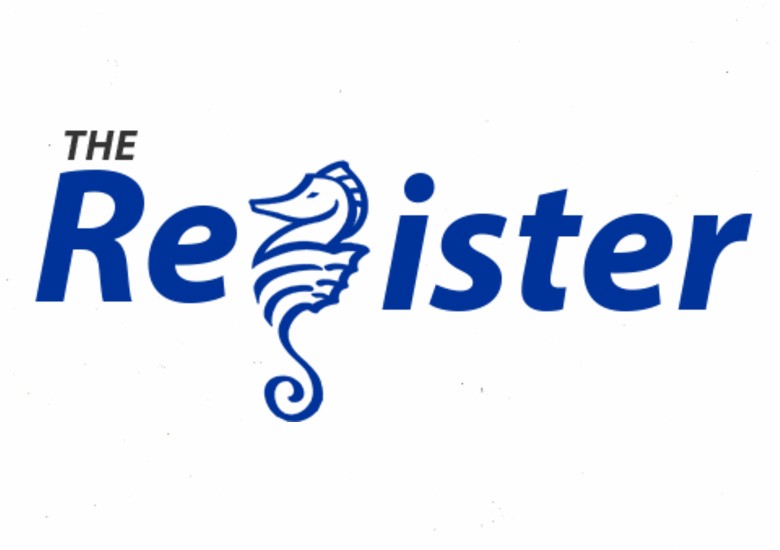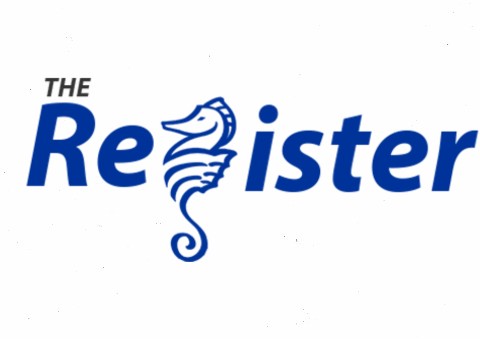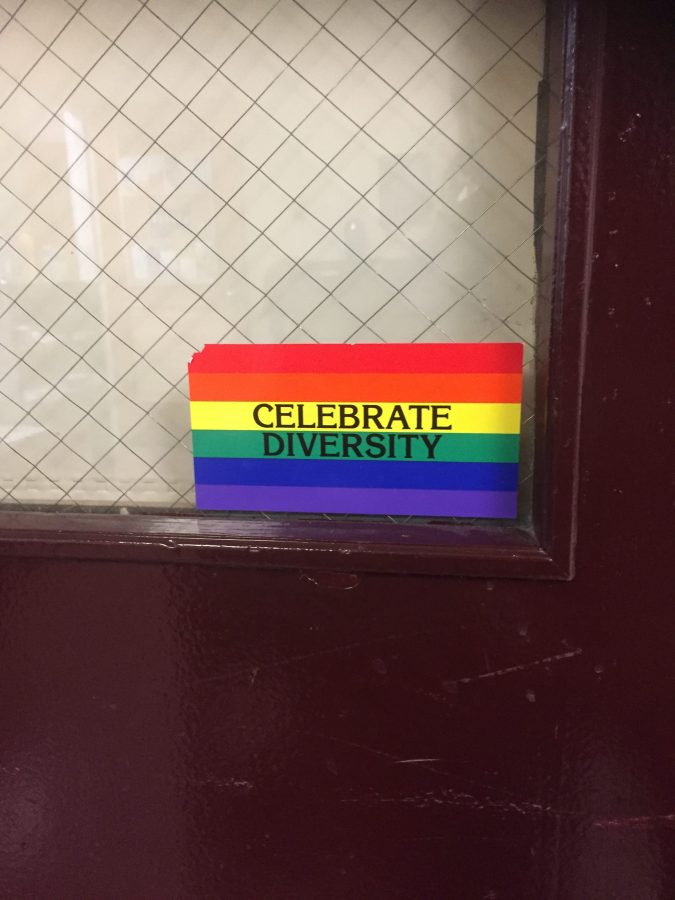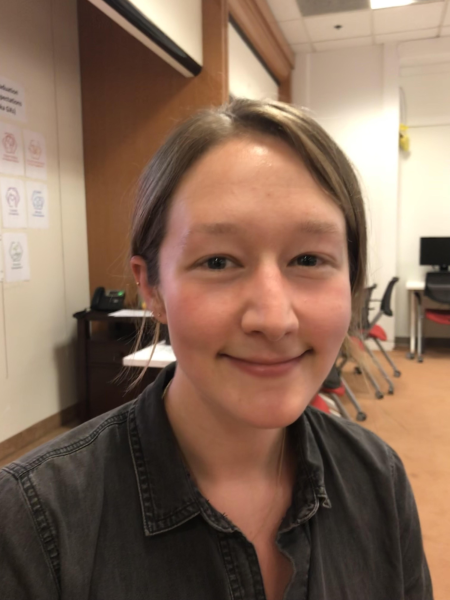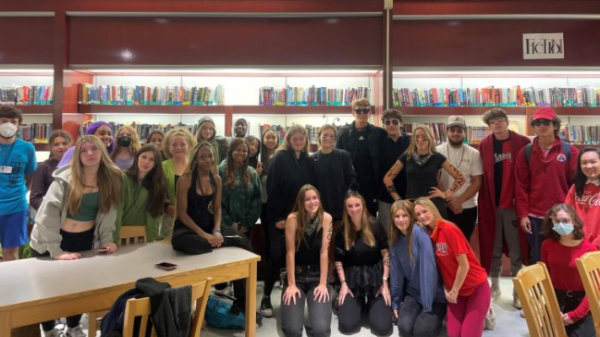BHS grapples with the language of gender
January 11, 2019
Last October, the New York Times released information about the upcoming Department of Health and Human Services memo on a new transgender policy that defines gender based on which genitalia a person is born with. In response, the University of Vermont (UVM) held a walk out in support of transgender people, non-binary people, and the LGBTQ community.
“The UVM walkout was one of the bigger campus events of this semester,” Gordon, a student teacher at Burlington High School (BHS) who attends UVM, said. “It was nice to see the support.”
Contrary to the new federal memo, the Burlington School District 2018-2019 handbook’s student harassment policy defines gender to be the following:
“An individual’s actual or perceived gender identity, or gender-related characteristics intrinsically, related to an individual’s gender or gender-identity, regardless of the individual’s assigned sex at birth.”
Teachers are still adapting to the use of “they, them” pronouns and non-binary gender identities.
“I think they respect them but I’m not so sure they actually understand them,” Olly Oski, a non-binary student at BHS, said. “I have been saying this for a long time but I think that teachers should be educated on gender pronouns and different sexualities.”
The administration has taken steps to provide this education to teachers. During an in-service meeting, faculty was given guidelines on how to approach gender expression and identity. The materials they used were from Gender Spectrum, an organization that increases the understanding of families, institutions, and other organizations on gender. Around four years ago, Outright Vermont, a non-profit organization that advocates for young queer people, held student-led workshops with faculty.
“I don’t use ‘gender’ because now I know that gender is a choice,” Pavel Dvorak, a Physical Education teacher at BHS, said, “Instead I use ‘biological sex’.”
Students, on the other hand, were not given those guidelines.
“Honestly, I’m still confused,” Bernadette Kyednamina, a sophomore said, “[different gender identities and pronouns] takes some time getting used to.”
Kyednamina believes gender identity should be taught earlier than high school.
“During the guidance sessions in elementary school, we could be learning about gender identity,” Kyednamina said.
Olivia Coutrayer, another sophomore, agrees.
“I never learned that when I meet a new person to ask them their pronouns,” Coutrayer said.
According to the National Education Association (NEA), gender identity should be taught in schools to prevent bullying and harassment. Through greater understanding of facts versus myths, students and teachers will be able to communicate effectively and create a safe learning environment.
“Most people are good about [they, them pronouns] but I still get strange looks in the bathrooms,” Oski said, “I know that some of my trans friends have experienced a little difficulty.”
Gordon sees these experiences from a teacher’s perspective.
“Gender identity is a new concept to people,” they said, “It will take a while for it to become natural. Right now it feels unnatural for people but it’s early in that process of it becoming normal.”
While gender definitions are contested in the new memo in Washington D.C, transgender and non-binary people are worried about what is in store for them.
“For transgender people it’s a question of safety while for me it’s more a question of my rights,” Gordon said.
Article originally printed in The Register on December 20, 2018

